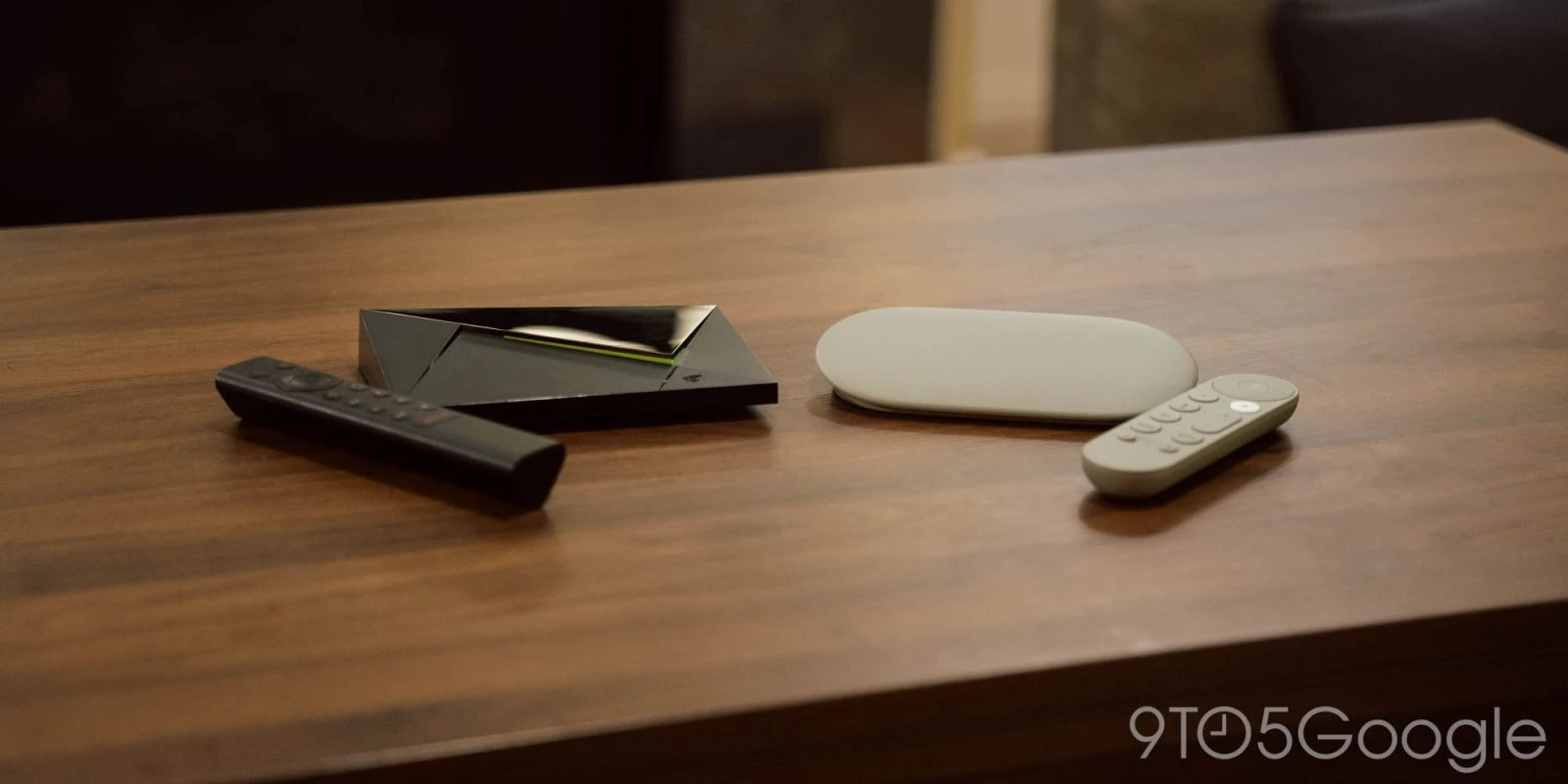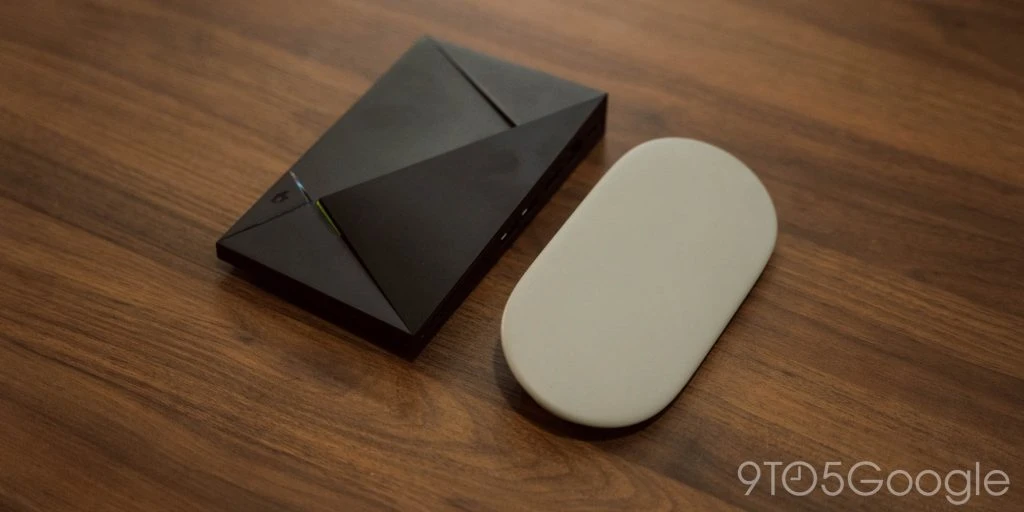[summary]The text compares the Nvidia Shield TV Pro and Google TV Streamer as streaming devices. The Nvidia Shield, although historically dominant, is showing its age with outdated specs like the Tegra X1+ processor and HDMI 2.0b port. Meanwhile, the Google TV Streamer offers more modern features, such as AV1 support and HDMI 2.1b, despite being less powerful. The Nvidia Shield excels in raw power and complex setups, while the Google TV Streamer boasts a cleaner design and updated software with Android 14. Both devices have simple remotes, but with different ergonomic advantages. The choice between them depends on user needs, with the Google TV Streamer being more affordable and efficient for streaming apps, and the Shield TV Pro better suited for more intricate home theater and gaming setups.[/summary]
Nvidia Shield vs Google TV Streamer: What You Need to Know
The Nvidia Shield has long been celebrated as a top-tier streaming device within the Android ecosystem. Yet, with no updates in the last five years and none anticipated soon, is it time to consider the Google TV Streamer as a viable alternative? Let’s delve into the details.
A Look at the Specs
Nvidia Shield TV: The Aging King
Despite its stellar reputation, the Nvidia Shield TV, particularly the $199 Pro model, is beginning to show its age in 2024. At its core is the Nvidia Tegra X1+ processor, a powerhouse that launched in 2019. However, this chip’s lineage dates back to the Tegra X1, first seen in the Nintendo Switch in 2015. While it supports 4K HDR, Dolby Vision, and Atmos, it falls short with the absence of AV1 support, a crucial codec for future streaming. Consequently, HDR support in YouTube is missing. The Shield TV Pro pairs this processor with 3GB of RAM and 16GB of storage, and relies on an outdated HDMI 2.0b port.

Google TV Streamer: The Modern Contender
In contrast, the Google TV Streamer may not boast raw power, but it offers a more contemporary specification package. It utilizes the MediaTek 8696 chipset, the same found in Amazon’s Fire TV Stick Max 4K. While less potent than the Tegra, its 4GB of RAM ensures a swift and responsive experience akin to the Shield. With 32GB of storage, AV1 support, and HDMI 2.1b, it presents a forward-looking alternative.
Does Google TV Streamer Rival the Shield?
In terms of sheer power, the Shield still holds an edge, especially for complex home theater setups. However, the Google TV Streamer has yet to establish its prowess in this domain fully.
Hardware: Functionality Meets Aesthetic
Nvidia Shield TV: A Practical Approach
The Nvidia Shield’s design prioritizes function over form, with its angular aesthetic and signature green light. Its slim profile accommodates a power port, two USB 3.0 ports, a gigabit Ethernet port, and an HDMI 2.0 port.

Google TV Streamer: Sleek and Simplified
Conversely, the Google TV Streamer features a cleaner design suitable for any home theater, albeit slightly larger than necessary due to fewer ports. It includes a USB-C port serving dual purposes for power and external storage (with an adapter), alongside an HDMI 2.1 port and a gigabit Ethernet port.
[embedblock type=”gallery”]WyJodHRwczpcL1wvZ29vZ2xlZGV2aWNlLnByb1wvd3AtY29udGVudFwvdXBsb2Fkc1wvc2l0ZXNcLzlcLzIwMjRcLzA5XC9ldmFsdWF0aW5nLXN0cmVhbWluZy1kZXZpY2VzLW52aWRpYS1zaGllbGQtdHYtcHJvLXZzLWdvb2dsZS10di1zdHJlYW1lcl8xOTUud2VicCIsImh0dHBzOlwvXC9nb29nbGVkZXZpY2UucHJvXC93cC1jb250ZW50XC91cGxvYWRzXC9zaXRlc1wvOVwvMjAyNFwvMDlcL2V2YWx1YXRpbmctc3RyZWFtaW5nLWRldmljZXMtbnZpZGlhLXNoaWVsZC10di1wcm8tdnMtZ29vZ2xlLXR2LXN0cmVhbWVyXzc3NS53ZWJwIl0=[/embedblock]
Software: Evolution and Experience
Android TV: The Veteran
Android TV, the platform on which Nvidia Shield operates, is gradually being phased out by Google. Despite this, it still shares many features with Google TV, including free channels and abundant recommendations, introduced on the Shield in 2021. Its design is straightforward but somewhat dated.
[embedblock type=”gallery”]WyJodHRwczpcL1wvZ29vZ2xlZGV2aWNlLnByb1wvd3AtY29udGVudFwvdXBsb2Fkc1wvc2l0ZXNcLzlcLzIwMjRcLzA5XC9ldmFsdWF0aW5nLXN0cmVhbWluZy1kZXZpY2VzLW52aWRpYS1zaGllbGQtdHYtcHJvLXZzLWdvb2dsZS10di1zdHJlYW1lcl8xMDEud2VicCIsImh0dHBzOlwvXC9nb29nbGVkZXZpY2UucHJvXC93cC1jb250ZW50XC91cGxvYWRzXC9zaXRlc1wvOVwvMjAyNFwvMDlcL2V2YWx1YXRpbmctc3RyZWFtaW5nLWRldmljZXMtbnZpZGlhLXNoaWVsZC10di1wcm8tdnMtZ29vZ2xlLXR2LXN0cmVhbWVyXzI0MS53ZWJwIl0=[/embedblock]
Google TV: The Fresh Face
Google TV offers a more contemporary interface with better content integration and a streamlined settings menu. It provides more content suggestions and introduces features like the Home Panel and Nest Doorbell notifications.

Future-Proofing and Longevity
While Nvidia’s support for the Shield has been remarkable, updates have dwindled, with the last in 2022. In contrast, the Google TV Streamer comes with Android 14, three versions ahead of the Shield’s Android 11, suggesting greater longevity.
Remotes: Keeping It Simple
Both devices embrace simplicity in their remote designs, featuring minimal buttons and a customizable shortcut. While both are commendable, the ergonomics of the Google TV Streamer’s remote are preferable, though the Shield’s backlit feature is a plus.

The “Find My Remote” function is available for both, but the Google TV Streamer offers easier access via a button on the device and Google Home, whereas the Shield requires a dedicated app.
Deciding Factor: Your Streaming Needs
Ultimately, the decision between the Google TV Streamer and Nvidia Shield TV hinges on your specific needs. If streaming apps are your primary focus, the Google TV Streamer is a cost-effective and capable choice. However, for those requiring more extensive functionalities like hosting content and enhanced game streaming via GeForce Now, the Shield TV Pro remains the superior option with its additional ports and Plex integration.
Where do your preferences lie? Are you contemplating a switch from Shield to Google TV Streamer? Share your thoughts in the comments below.
[embedblock type=”gallery”]WyJodHRwczpcL1wvZ29vZ2xlZGV2aWNlLnByb1wvd3AtY29udGVudFwvdXBsb2Fkc1wvc2l0ZXNcLzlcLzIwMjRcLzA5XC9ldmFsdWF0aW5nLXN0cmVhbWluZy1kZXZpY2VzLW52aWRpYS1zaGllbGQtdHYtcHJvLXZzLWdvb2dsZS10di1zdHJlYW1lcl84NzQud2VicCIsImh0dHBzOlwvXC9nb29nbGVkZXZpY2UucHJvXC93cC1jb250ZW50XC91cGxvYWRzXC9zaXRlc1wvOVwvMjAyNFwvMDlcL2V2YWx1YXRpbmctc3RyZWFtaW5nLWRldmljZXMtbnZpZGlhLXNoaWVsZC10di1wcm8tdnMtZ29vZ2xlLXR2LXN0cmVhbWVyXzE5Ny53ZWJwIl0=[/embedblock]
